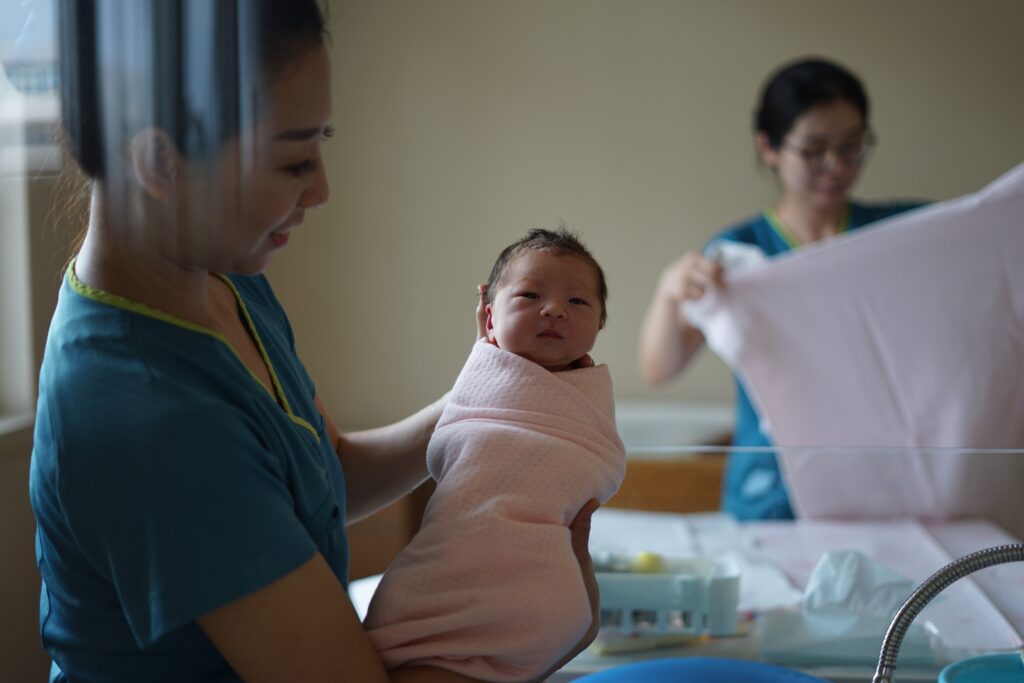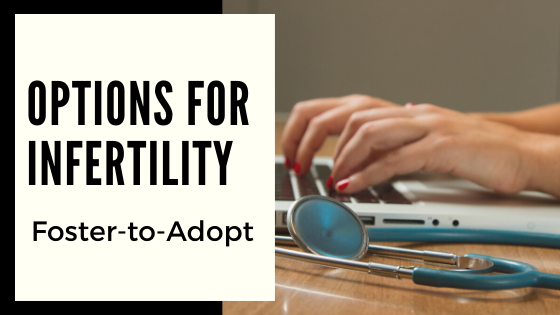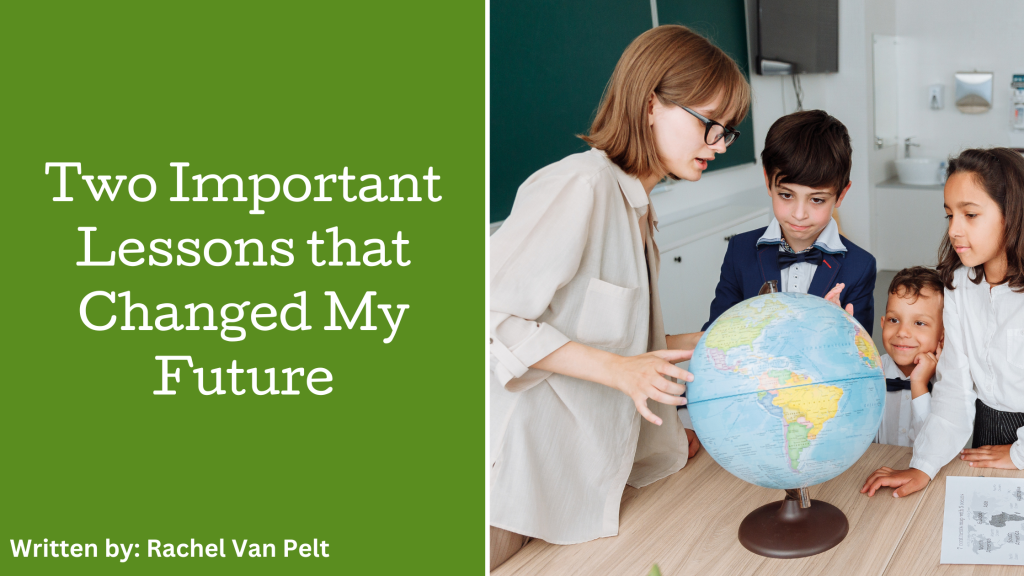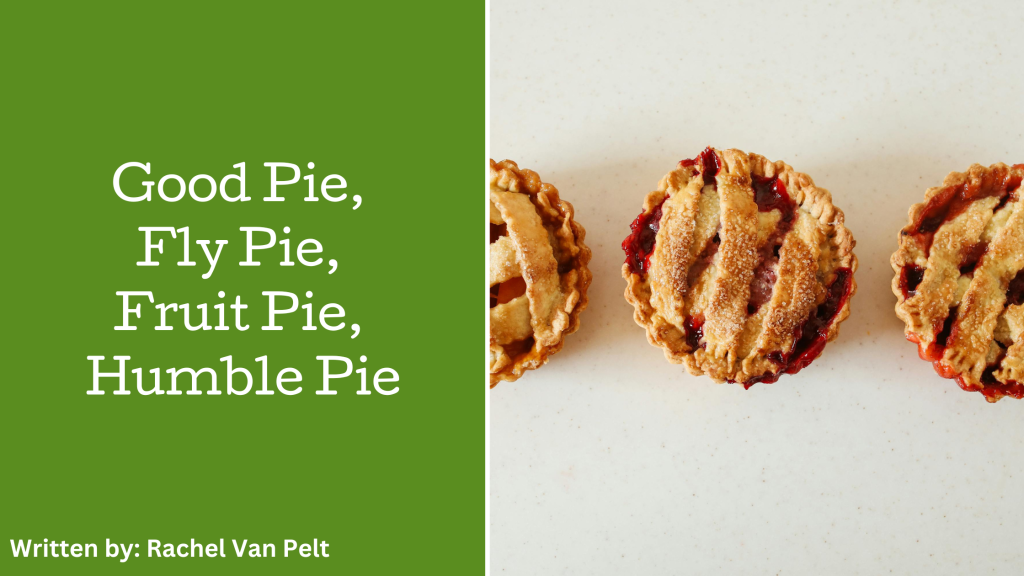Author wished to remain anonymous
I want to preface our story with the fact that each fostering/adoption journey is different. There are so many variables. There are many who have had experiences that took much longer or were much more difficult than ours was.
This is our story.
We had been married for 6 years and struggling with infertility. We made our first phone call to the local Children’s Aid Society (CAS) after having pursued 7 rounds of medication and 5 attempts with IUIs after that. From our first phone call to the Children’s Aid Society to when we received our first call for placement, the process took us about 2 years. In the area in which we lived, there was a 1 year wait in order to get into the training class that you need to complete. We have had 6 infants or children in our home through the foster-to-adopt program, 2 of whom we were able to adopt. We adopted our first around 1 ½ years old (which was quick) and another around age 3, despite them both coming into our care when they were tiny babies.

When we started our adoption journey, we had the option of adopting OR fostering through the local CAS; however, near the end of that process, we moved to another area where the model was not EITHER OR, but rather, foster-to-adopt. This meant that a child would be placed in foster care with us and if they could not eventually return home, then CAS would look to kin. If there were no kin available, then we, as the foster parents, would be the third option for permanency.
As you can imagine, the thought of loving a child and then losing them in a complex system can be an emotionally challenging process when struggling with infertility. We cared for children/youth who had been in the foster care system a very long time in our previous jobs. We saw how difficult the system can be on children if they get moved around a lot in the process, and attachments are severed. The foster-to-adopt model seemed to make sense, as it potentially avoided more moves and attachment breakdowns if a child needed to be adopted. With our hope to grow our family, it definitely took a shift of perspective for us to consider the option of fostering-to-adopt.
Infertility taught us we aren’t really in control. The same is true with fostering-to-adopt. If you are fostering, contact and visits with birth families can be an important part of it. The amount of birth family contact and what that looks like depends on the scenario. Early on in fostering, our pastor had said to us that, “It is always God’s plan to restore families.” This was our role as foster-adoptive parents too. Despite the fact we’d love to adopt every child we care for, we were a small part of helping restore families. We longed to have children in our home that we could love and care for with the hope that one day we might get to adopt, but on the other hand, we had this love for the birth parents and wanted success for them. Our struggle with infertility had given us perspective on loss and longing, and it gave us empathy for struggling parents who at the moment do not have their children in their care.
I am so thankful for our relationships with birth families. We know so much more about our children’s history and families than we likely would have had we adopted without fostering first. It is really important and special to us that our children know their birth families. Just this morning, our child asked if they got our last name from their birth parent. Those kinds of conversations are a normal part of our life. Birth families are a part of our extended family, with healthy boundaries put in place, always thinking about the best interest of our children. Our children will never have to wonder if their birth parents loved them. They know that they do. They have photos, notes, memories, and relationships that prove it.

Our first call came not too long after we were officially approved, which was sooner than we anticipated. Having struggled with infertility for so long, I thought it would not be very healthy for me to stare at an empty baby’s room for too long in advance. So, when we got the call, the room had been painted earlier, but only had a dresser in it, one stuffed animal, and a couple fostering/adoption children’s books that I had pre-purchased. (I recommend being more prepared than we were.) After work, came the scramble of shopping to buy everything we needed and a late-night run to pick up a crib and all sorts of baby things that were gifted to us by a friend.
Having a supportive community is really incredible and very much needed should you want to pursue fostering and adoption. Placements can come at any time of day or night with very little notice. Our first baby came to us the next morning at about 5 weeks old. It seems impossible to sum it up, but the emotions I felt were such a mix of love, grief, joy, fear, and longing. A social worker showed up at our door with a baby who depended on us, whom we loved instantly. I fed the little one a bottle and they slept in my arms as the social worker talked with me. Those are moments I will never forget.
At one point in our adoption journey, a birth parent gave me a box with some special baby things they had saved, two of the things being a crib card and hospital bracelet. I got into the car after a visit and looked in the box and discovered that those two items had my mother’s handwriting on them! My mom was a nurse at the hospital where our child was born. I was in absolute shock and amazement to see her handwriting! I knew with not being able to conceive and bear children that my mother would never have the opportunity to help deliver our child, as she had done with our nephew. God knew this longing in my heart and after the fact, gave us proof that indeed my mom was there the day our child was born, just none of us knew it at the time.
To top that off, several years later around a birthday, a birth parent sent us multiple photos in emails from the day our child was born. I opened the second email to see a picture of my mom leaning over the baby’s bassinet. There were lots of happy tears. Okay, maybe weeping is a better word. How amazing is that?! A birth parent all along had a picture of my mom with our child and none of us knew it! We see God’s hand or “fingerprints” as we like to say, all over our journey and how our children came into our lives. God is faithful! He knows our hearts. Even the little details matter to Him.

Not every placement has ended like that for us. We have had 4 children leave our home too. Each time that we say goodbye to children, it doesn’t really get easier. We are really happy for them, but we also grieve. It is called disenfranchised grief, which is grief that society as a whole doesn’t really recognize, (i.e. there is no funeral, no cultural way of marking events like this). People think, “you signed up for this knowing this could happen” (which is true), but it doesn’t make it any easier when the goodbyes happen. Having connections with other foster-adoptive parents walking similar paths is really important because they get it without you having to explain. Even though we are finished with fostering after 8+ years, support from those women and connections with their families is vital to me.
I hope that our story gives you a glimpse of hope for your journey and a reminder of God’s faithfulness in delivering you through your struggles maybe with infertility and waiting for a child. The journey has definitely not been easy, but it is the best decision we have made. We are so thankful for each child that has called our house, home, for however short their stay might have been. We are thankful for the relationships we have with birth families which we built through caring for their child together, spending time together, texting, and sending photos to one another. Restoration is God’s work, whether that is through restoring your faith after years of infertility struggles, restoring a family through fostering temporarily, or restoring hope through adoption.




